
Japanese insurers double down on tech to weather disaster risks
Industry players are relying on data analytics to improve risk management.
Rising interest rates in Japan are expected to discourage general insurance uptake and lead to a wider protection gap, with many insurers still struggling to make money after another year of doomlike natural catastrophes.
To counter this, Japanese insurers are leaning heavily on technology and data analytics to enhance risk management and come up with new products, Andy Tran, director and head of Property Underwriting Globals for Asia-Pacific at Swiss Re Asia Pte. Ltd. Japan Branch, told Insurance Asia.

Andy Tran, director and head of Property Underwriting Globals for Asia-Pacific at Swiss Re Asia
“Granular data quality is vital for pricing and product innovation,” he said in a Zoom interview. “We’re investing in tools like hazard mapping and rapid damage assessment to provide our clients with timely insights.”
Recent events, including the magnitude 7.1 earthquake on the island of Kyushu that injured at least 16 people, and Typhoon Shanshan which killed at least six people, both in August, showed meagre disaster preparedness in the country, he said.
“The Japanese government’s recent mega-earthquake warning serves as a stark reminder of the potential devastation and urgency for improved risk modelling,” he added.
Some Japanese insurers have reduced their limit for nat cat (natural catastrophe) capacity, especially for flood risks, Shinichi Kandatsu, head of commercial risk for Japan at Aon Plc, told Insurance Asia.

Shinichi Kandatsu, head of commercial risk for Japan at Aon
However, Japan’s reliance on traditional systems especially in rural areas is a challenge for real-time data collection. Data integration gaps make it challenging for insurers to implement comprehensive digital solutions across the sector.
“Japan is highly innovative, yet there are traditional aspects that complicate data collection,” said George Sherriff, Japan CEO at Gallagher Re. Still, insurers are steadily improving their data infrastructure to create a more resilient and responsive risk management ecosystem.

George Sherriff, Japan CEO at Gallagher Re
Kandatsu said Japanese companies are still behind their Western counterparts in fully leveraging data-driven solutions to address risks such as natural catastrophes, supply chain disruptions, and cyber incidents.
“Japanese corporates are facing a challenging environment, not only in the property and liability markets but also in cyber and casualty,” he said. He added that there is a broader regulatory and industry-led push to improve underwriting profitability in Japan’s highly competitive insurance market.
The government will start enforcing the Economic Solvency Ratio (ESR) in 2025 to measure a company's ability to meet long-term debt, which indicates its financial health.
“The focus on financial health means insurers must now better align underwriting practices with risk management," Teruki Morinaga, director at Fitch Ratings, told Insurance Asia in an email. He expects ESR to drive stricter risk management among insurance firms.

Teruki Morinaga, director at Fitch Ratings
Sherriff said Japanese insurers have had to adapt through a more disciplined underwriting process. “The focus on underwriting profitability has led to capacity reductions, premium increases, and exclusions of favourable coverages,” he added, noting that these help ensure long-term sustainability.
But loss ratios remain high, especially in property insurance, which continues to struggle with frequent natural disaster claims, he pointed out.
Japan’s general insurance industry is projected to grow 2.2% annually to $82.5b (¥12.7t) from $76b (¥11.7t) in 2024, according to GlobalData. The sector is expected to grow by 1.7% this year, supported by higher demand for policies covering natural disasters and workmen’s compensation policies.
Ageing citizens and buildings
Meanwhile, Japan’s ageing population and outdated infrastructure further complicate the industry’s risk profile. Premium increases have been tempered by affordability concerns.
“Japan's dense urbanisation coupled with an ageing infrastructure presents compounded risks,” Tran said. The challenge extends to socioeconomic concerns about insuring abandoned homes in rural areas, where more than a million vacant houses remain susceptible to natural disasters, he added.
The Building Code in Tokyo has evolved to withstand major earthquakes, but there are still outdated structures in the countryside.
“New construction standards in Japan are amongst the highest globally, particularly for earthquake resilience, but rural areas with older homes present a different challenge,” Morinaga said.
The code is not applied countrywide, which forces insurers to charge higher premiums on older structures that are likely to break sooner.
Kandatsu also said companies are becoming increasingly aware of these interconnected risks. “Japanese businesses recognize supply chain risks, rapidly changing market trends, and cyber risks as top concerns,” he said, citing Aon’s 2023 Global Risk Management survey.
These risks are often interlinked, leading to potential business interruption events that can cascade through the economy.
“Japanese businesses need to protect not only physical assets but also against business interruptions from supply chain and market shifts,” Kandatsu said, citing the importance of comprehensive risk management solutions.
For his part, Tran said the global cyber insurance market is expected to reach $17b in 2024, driven by heightened demand and the complex nature of cyber incidents.
“Cyber risk is a known unknown — an evolving sector that requires rigorous boundary conditions for underwriting,” he said, citing the need for a structured approach to assess and price cyber coverage.








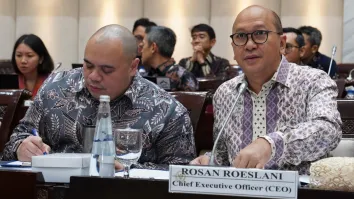

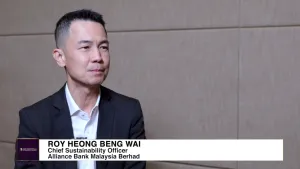


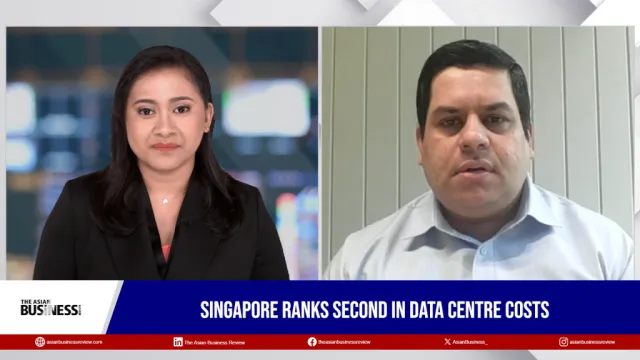
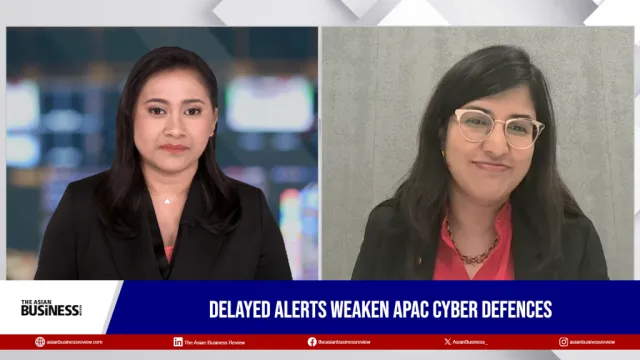
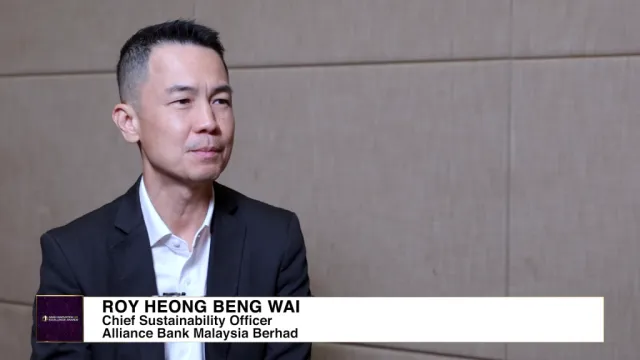


 Advertise
Advertise







